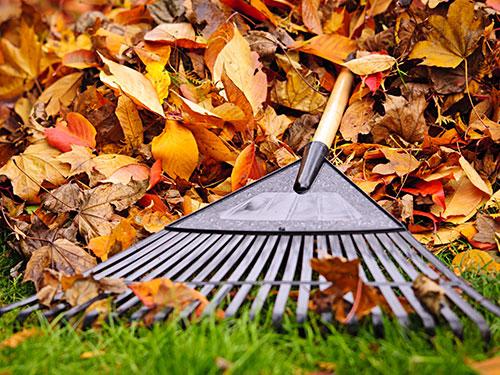Roof Rats Aren't Just Found On New Jersey Roofs
When some of us envision rats, we think of them scurrying through the underbelly of the city through subways and sewer system. While there certainly are rats in these areas, you likely won’t find any roof rats there. Roof rats are a different species of rat that are not very good swimmers. They avoid water and are more often found climbing, thus their name. While they don’t only enter homes from the roof, they can, and they can do a lot of damage if they get in. The most effective way to deal with a roof rat infestation in your New Jersey home is to contact Arrow Pest Control.

What does a roof rat look like?
Roof rats are brown or black with a lighter colored belly. What sets them apart from other rats are their hairless ears and long pointy noses. Roof rats can grow to be half a foot long but look even bigger with their tails, which can be longer than their body.
How can you spot an infestation?
If you haven’t spotted roof rats in your New Jersey home, there are other signs you might see which are indicative of their presence. Rats gnaw on everything. If you are seeing chewed items around your home, are having problems with your electrical system, or are finding holes where they shouldn’t be, you may have rats. Roof rats will also leave a greasy trail behind as they run through a home. You might spot drag marks from their tail in dusty surfaces. Spotting rat droppings is a sure sign you have a rat problem.
Why are roof rats dangerous?
Like other rodents, roof rats destroy property with their constant gnawing. As mentioned above, they can chew through electrical wires and most other materials, from concrete to insulation. They also spread bacteria that can make your family sick. As they scurry about, they can contaminate food sources and food-prep areas. Roof rats can be problematic if encountered by your pets as well.
How can you keep roof rats out?
With many pests, the first area we check for entry points is around the foundation. While this is still a good idea, your prevention can’t stop there. Because of their ability to climb, you need to take preventative measures from top to bottom. Examine your roofline for overhanging tree branches or other “bridges” such as clotheslines. Fix holes in your soffits, use screens on roof vents, and place a chimney cap on your chimney.
Try not to attract rats by leaving them tasty treats. Bird feeders hung from trees, pet food left outdoors, and trash that is not closed tightly is an invitation to roof rats.
If those precautions fail, or you just want to avoid roof rats altogether, contact Arrow Pest Control. We are experts in protecting New Jersey homes from roof rats. Our rodent control services can help keep you and your family safe from these harmful pests.

Testimonials
Request Your FREE Estimate
Additional Services
Our solutions are designed for even your toughest pest problems.
Don’t let pests affect your quality of life, here's how we can help:



